Friends and readers have been asking if I would share tips for night photography, specifically how to shoot fireworks and lightning.
The first and most important thing is to have a tripod. Night photography requires long exposures. You can't handhold a camera steady through seconds of light bursts, or you'll get movement. In some cases, that might be fun just to experiment with, but don't expect greeting card-quality shots without a tripod.
Second most important is the long exposure. If your camera doesn't have the ability to set a long exposure, preferably ten seconds or so, you're not going to be able to capture the entire burst of light. With lightning, you can't predict it, so you have to be able to keep the shutter open until the lightning happens. With fireworks, you will get dots if you don't leave the shutter open from the beginning to the end of a burst.
The best setting is B or Bulb, where the shutter stays open until you close it, particularly for lightning. But a timed exposure such as ten seconds or more will work for fireworks.
Third most important is something I've often cheated on, so you can, too, but it's better if you don't. Invest in a shutter release or remote. I just learned Nikon has an iPhone app that will serve as a remote and fire the camera right from the phone. I've downloaded the free app, but I have not used it yet, so I can't provide any pointers on that yet.
If you don't have a shutter release or remote, you can use your self-timer to fire the camera so your hands don't shake the camera during firing, but you have to be able to anticipate when the lightning or fireworks will happen, and that's sometimes adds a degree of difficulty.
I weight my camera and tripod by hanging my camera bag, which weighs a good 20 pounds or so, off the center of the tripod to keep the tripod completely steady during use. There is some scientific equation for this, but I'm no scientist. The weight of my camera bag is more than the pressure of my finger, so the camera stays steady.
Back in the days of film photography, I had a number of shutter releases for my SLR cameras, but those devices ran about $20 each. No electronics. Just simple mechanics. The electronic shutter remote for my favorite Nikon, the D300, is about $200, and that's why I cheat when shooting night photos. One day, I'll use either the iPhone (when I learn how) or the real remote, but buying that is going to take a while. It's been on my list since 2009!
Any lens may be used for night photography. Wide angles will provide sweeping scenes, so you may also capture city lights, skylines, lake reflections, etc. Telephoto lenses are a little more difficult to use if you are very close to the fireworks you intend to shoot; you have to know where the fireworks will be in the sky. Medium or normal lenses probably are the easiest to learn with.
The camera will have to be focused manually. Most cameras, even today's digital super powers, are not capable of focusing on light sources as bursts are happening.
To focus a camera on lightning or fireworks when the sky is dark and the action hasn't begun yet, find a distant object, such as a building, horizon line or city lights to pre-focus on. Many pros and how-to books will tell you to set the focus to infinity, which often is the sideways figure 8 on the focus ring. But some cameras don't have a focus ring or an infinity. I know because I had one of those.
I had an early Fuji digital with a virtually useless manual focus setting. The focus was controlled with a dial, no markings whatsoever, while looking through the tiny viewfinder, which wasn't all that eyeball accurate. Thank heavens they've improved since then, but I still see cameras that don't have a reliable manual focus. In such case, you just take your chances and hope something turns out. At least digital photography doesn't require paying for a bunch of black or out-of-focus photos to find out if a specific setting works.
For lightning, mount the camera on the tripod, make sure the tripod is firm (I once had one blown over by a strong and unexpected wind gust), set the camera to manual focus, focus on something very distant, set the exposure to B or Bulb and select a starting aperature of F-8 or F-11. Open the shutter and collect whatever happens in the sky until the next bolt of lightning appears or a maximum of about five minutes. Even though the sky is dark, there is still light, and exposures beyond five minutes (sometimes beyond three minutes and sometimes even less than that) will have too much "noise" or digital grain.
It's not unsual to go through more than 50 shots while waiting for lightning, unless the show is particularly active. So I guess I should have included back at the beginning of this post, make sure you have enough memory on your card for a bunch of shots. You may delete blank shots, where no lightning happened, but that takes time, and when I do that, I always miss the best bolts.
Here's another thing I didn't know when I first began playing with digital night photography. Long shots take a long time to save to the memory card. I've missed lightning and fireworks while waiting for an image to write. Another good reason not to let exposures last longer than five minutes. Or better yet, three minutes.
For fireworks, anticipate when the burst will happen (watch a couple first and listen carefully, and time or count how long before the explosion of light begins), open the shutter just before the anticipated burst, and if you're using the bulb setting, close the shutter before the last trails of light begin drifting.
If you open the shutter too late, your firework will have a black spot in the middle. If you open it too early, you may have a string of light from the ground up to the center of the firework, which in some cases makes an attractive photo. If the wind is blowing hard enough to "move" the fireworks across the sky, you will have what looks somewhat like fat, hairy fireworks. If you are on the bed of a pickup and someone in the pickup moves during the exposure, you will have what looks like earthquake fireworks. If you leave the shutter open too long, you will have blurry clouds of smoke your eyes may not see, but the camera will be able to see them perfectly.
I try to limit my fireworks photos to one to three bursts. More than that is too much light.
After you've taken a couple or three shots of lightning or fireworks, check your photos and see if you like what you've got. If you would like the lightning or fireworks to be "fatter" or brighter, open up your F-stop by one click, which means to F-5.6 if you are using F-8 and F-8 if you are using F-11. If you would like the lightning or fireworks to be "skinnier" or less bright, close up your F-stop by one click, which would be F-11 if you are using F-8 and F-16 if you are using F-11. Repeat this process as necessary until you get the shots just the way you like.
When you're done with this outing, jot down some quick notes about which exposures you like best. This helps when processing the photos, but also will make setting up for the next shoot easier because you'll already know what works best for you.
Pros and how-to books will tell you to include something else in the photo to give your photos depth. I love reflection shots and aim for that whenever I have the chance. But silhouettes of people, such as a kid on dad's shoulders, also make good framing elements. Just be aware that if the people are moving a bunch, they will be soft or blurred.
When shooting lightning or fireworks, you do not need a flash. You can paint with light, but I will save that for another tutorial another day. For now, don't worry about the flash. Remember that most non-professional flashes will travel only about 15 to 20 feet at best, and your fireworks and lightning are MUCH further away than that. This same rule applies for nighttime concerts, too. Those little flashes are going to perfectly expose the bald heads in front of you, but the light will not reach the stage, so just don't use the flash. Just don't use it!
Those multiple firework bursts at the end of every show are fabulous to watch with the naked eye, but don't try to record them on a digital still frame (one shot). The light is far too powerful, and your image will be severely overexposed. You may try to do a movie of the finale, but I've only done that a time or two, so I don't consider myself a rich source of information on that topic. I can tell you the audience ooohs and ahhhs you capture in a movie make the movie even better, although fireworks will sound like pop guns on most non-professional movie cameras.
Whatever you do, don't forget to have fun. Don't stress over photos, and don't spend so much time with the camera equipment that you miss the show. Celebrate. July 4th comes around only once a year!


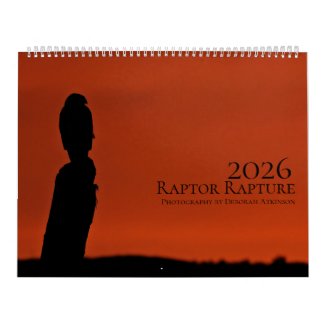









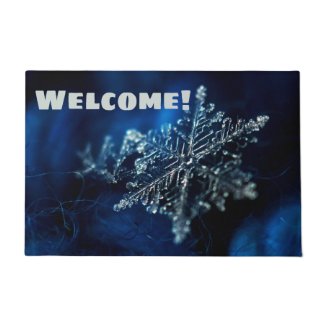
















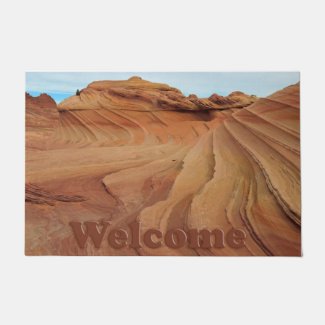


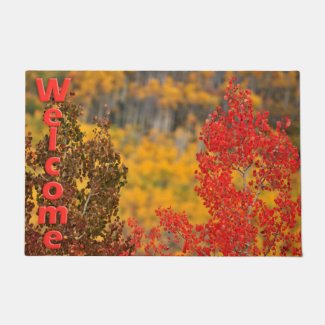
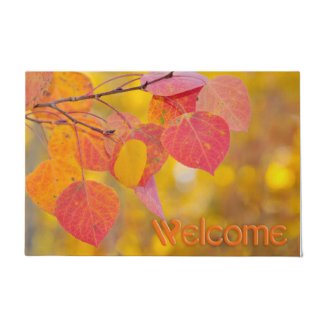
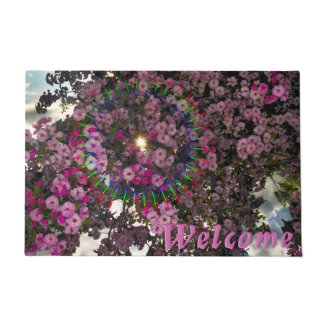
Wow awesome shots, you sure don't miss a beat, night or day at your bay
ReplyDeleteOh, THANK YOU for this wonderful and beautiful post!!!! Now if I can just get my hooves to fit that teeny tiny camera button. :)
ReplyDeleteI've always wanted to try to capture lightning. Thanks!
ReplyDelete"Fat, hairy fireworks" - what an AWESOME phrase - this is such a great post and yet all I can think of is fat hairy fireworks! (Sorry - I'm still tired and punchy from lack of sleep. Someday I'll catch up on the stuff.)
ReplyDeleteIf I ever get a real camera I will be back to read this again. :)
That lightning-and-fireworks shot is fantastic.